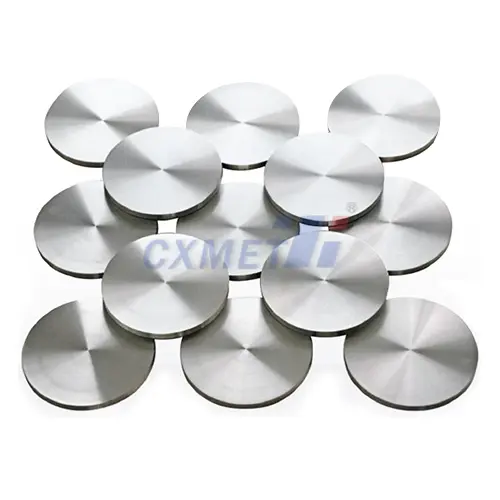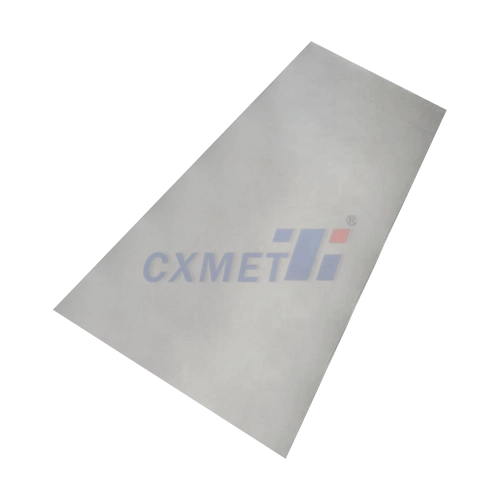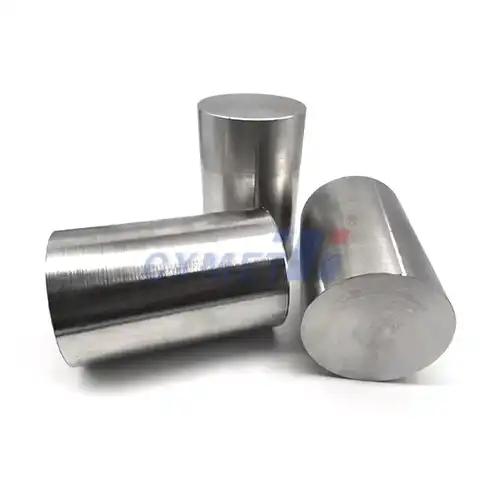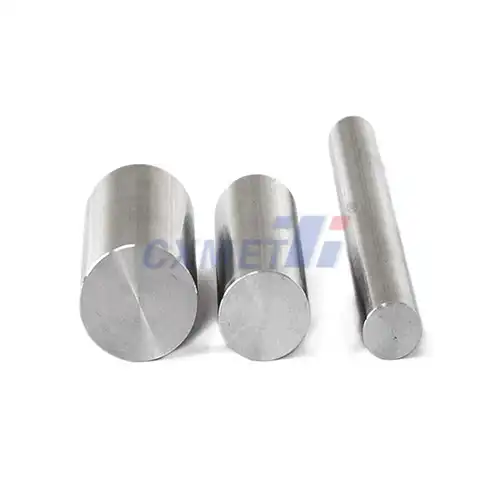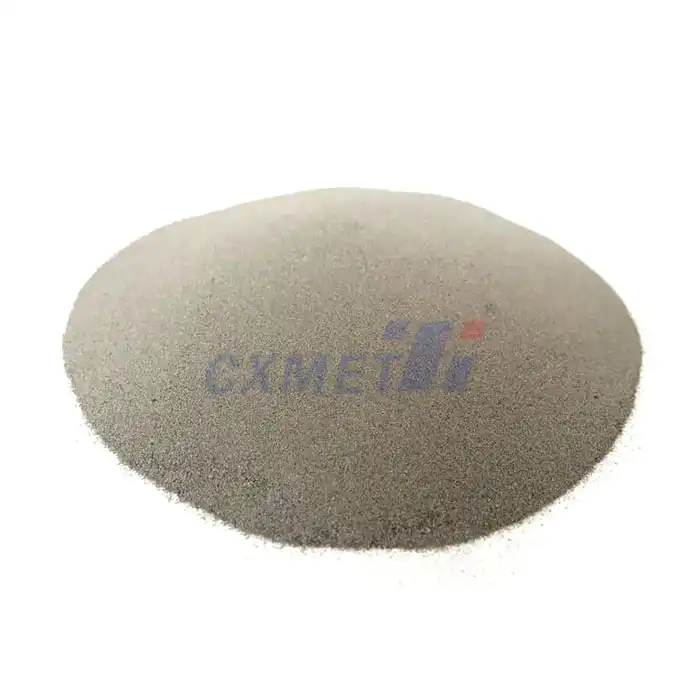- English
- French
- German
- Portuguese
- Spanish
- Russian
- Japanese
- Korean
- Arabic
- Greek
- German
- Turkish
- Italian
- Danish
- Romanian
- Indonesian
- Czech
- Afrikaans
- Swedish
- Polish
- Basque
- Catalan
- Esperanto
- Hindi
- Lao
- Albanian
- Amharic
- Armenian
- Azerbaijani
- Belarusian
- Bengali
- Bosnian
- Bulgarian
- Cebuano
- Chichewa
- Corsican
- Croatian
- Dutch
- Estonian
- Filipino
- Finnish
- Frisian
- Galician
- Georgian
- Gujarati
- Haitian
- Hausa
- Hawaiian
- Hebrew
- Hmong
- Hungarian
- Icelandic
- Igbo
- Javanese
- Kannada
- Kazakh
- Khmer
- Kurdish
- Kyrgyz
- Latin
- Latvian
- Lithuanian
- Luxembou..
- Macedonian
- Malagasy
- Malay
- Malayalam
- Maltese
- Maori
- Marathi
- Mongolian
- Burmese
- Nepali
- Norwegian
- Pashto
- Persian
- Punjabi
- Serbian
- Sesotho
- Sinhala
- Slovak
- Slovenian
- Somali
- Samoan
- Scots Gaelic
- Shona
- Sindhi
- Sundanese
- Swahili
- Tajik
- Tamil
- Telugu
- Thai
- Ukrainian
- Urdu
- Uzbek
- Vietnamese
- Welsh
- Xhosa
- Yiddish
- Yoruba
- Zulu
How does the 3D Printing Process Affect the Microstructure of Nickel Base Alloy Powder?
2024-08-02 17:43:45
3D printing, also known as additive manufacturing, has revolutionized the production of complex metal components across various industries. Nickel-based alloys, renowned for their exceptional strength, corrosion resistance, and high-temperature performance, have become a popular choice for 3D printing applications. However, the unique nature of the 3D printing process significantly influences the microstructure of these alloys, which in turn affects their mechanical properties and overall performance. This blog post delves into the intricate relationship between 3D printing and the microstructure of nickel-based alloy powders, exploring the key factors that shape their final characteristics.
What are the advantages of using 3D Nickel Base Alloy Powder in aerospace applications?
The aerospace industry has been at the forefront of adopting advanced manufacturing technologies, and 3D printing with nickel-based alloy powders has emerged as a game-changer in this sector. The advantages of using these materials in aerospace applications are numerous and significant.
First and foremost, the ability to create complex geometries with 3D printing allows for the production of lightweight yet strong components. This is crucial in aerospace, where every gram of weight savings translates to improved fuel efficiency and performance. Nickel-based alloys, such as Inconel 718 and Hastelloy X, offer an excellent strength-to-weight ratio, making them ideal for critical aerospace parts like turbine blades, combustion chambers, and structural components.
Moreover, the 3D printing process enables the consolidation of multiple parts into a single, intricate component. This reduces the need for assembly, minimizes potential failure points, and streamlines the manufacturing process. For instance, a fuel nozzle that previously required the assembly of 20 different parts can now be 3D printed as a single unit, improving reliability and reducing production time.
The high temperature resistance of nickel-based alloys is another crucial advantage in aerospace applications. These materials can maintain their mechanical properties at extreme temperatures, making them suitable for use in jet engines and other high-heat environments. The precise control over the material deposition in 3D printing allows for optimized cooling channels and thermal management features to be integrated directly into the component design, further enhancing performance.
Additionally, the rapid prototyping capabilities of 3D printing with nickel-based alloys accelerate the development cycle of aerospace components. Engineers can quickly iterate designs, produce prototypes, and conduct testing, significantly reducing the time-to-market for new aerospace technologies.
The customization potential of 3D printing also allows for the production of specialized, low-volume parts that might be economically unfeasible with traditional manufacturing methods. This is particularly valuable in the aerospace industry, where certain components may need to be tailored for specific aircraft models or missions.
Lastly, the additive nature of 3D printing results in less material waste compared to subtractive manufacturing processes. This not only makes the production of aerospace components more cost-effective but also aligns with the industry's growing focus on sustainability and resource efficiency.
How does the cooling rate in 3D printing impact the grain structure of Nickel Base Alloy Powder?
The cooling rate during the 3D printing process plays a crucial role in determining the final grain structure of nickel-based alloy components. This aspect of the manufacturing process has far-reaching implications for the material's mechanical properties and overall performance.
In 3D printing technologies such as Selective Laser Melting (SLM) or Direct Metal Laser Sintering (DMLS), the cooling rate is extremely rapid, often exceeding 10^6 K/s. This rapid solidification leads to the formation of fine, columnar grains that grow epitaxially in the build direction. The high cooling rate suppresses the growth of equiaxed grains, resulting in a predominantly columnar microstructure.
The formation of these columnar grains is a direct result of the thermal gradient present during the solidification process. As the laser melts the powder particles, it creates a small melt pool. The bottom of this melt pool is in contact with the previously solidified layers, which act as a heat sink. This establishes a thermal gradient from the bottom to the top of the melt pool, promoting the growth of grains along this gradient.
The rapid cooling also leads to significant supersaturation of alloying elements within the nickel matrix. This supersaturation can result in the formation of metastable phases and non-equilibrium microstructures. For instance, in Inconel 718, the rapid cooling can lead to the retention of the γ' phase (Ni3(Al,Ti)) in solution, rather than allowing it to precipitate during cooling as it would in conventional casting processes.
The fine grain structure resulting from rapid cooling generally contributes to enhanced strength and hardness in the as-printed condition. However, it can also lead to anisotropic mechanical properties, with the material exhibiting different characteristics in the build direction compared to the transverse direction.
It's important to note that the cooling rate is not uniform throughout the 3D printed component. Factors such as part geometry, build orientation, and process parameters can lead to variations in cooling rates across different regions of the part. This can result in heterogeneous microstructures, with some areas exhibiting finer grains than others.
The effect of cooling rate on the grain structure also influences the distribution and morphology of secondary phases and precipitates. In nickel-based superalloys, the size, shape, and distribution of strengthening precipitates like γ' and γ" are critical for determining the alloy's high-temperature performance. The rapid cooling in 3D printing can lead to a more uniform distribution of these precipitates, potentially enhancing the material's creep resistance and high-temperature strength.
Understanding and controlling the cooling rate in 3D printing of nickel-based alloys is essential for tailoring the microstructure to achieve desired properties. Post-processing heat treatments are often employed to modify the as-printed microstructure, relieving residual stresses, and optimizing the precipitate structure for specific applications.
What challenges exist in controlling porosity in 3D printed Nickel Base Alloy Powder components?
Porosity control remains one of the most significant challenges in the 3D printing of nickel-based alloy components. The presence of pores can severely impact the mechanical properties, fatigue resistance, and overall performance of the printed parts. Understanding and addressing the sources of porosity is crucial for producing high-quality, reliable components for demanding applications such as aerospace and energy sectors.
Several factors contribute to the formation of pores during the 3D printing process of nickel-based alloys. One primary source is gas entrapment. The rapid melting and solidification cycles in processes like Selective Laser Melting (SLM) can trap gases within the melt pool. These gases may originate from the powder feedstock itself, the protective atmosphere in the build chamber, or from the vaporization of volatile elements in the alloy.
Another significant source of porosity is incomplete melting or fusion between powder particles. This can occur due to insufficient energy input from the laser or electron beam, improper overlap between scan tracks, or inconsistencies in the powder layer deposition. The high melting point of many nickel-based alloys exacerbates this issue, requiring precise control over the energy input to ensure complete melting without overheating.
The phenomenon known as "keyhole porosity" is particularly challenging in the 3D printing of nickel-based alloys. This occurs when the energy density of the laser or electron beam is too high, causing excessive vaporization of the metal. As the beam moves on, the vapor cavity can collapse, trapping gases and forming pores. The high vapor pressure of some alloying elements in nickel-based superalloys, such as aluminum and titanium, can increase the likelihood of keyhole formation.
Powder quality and characteristics also play a crucial role in porosity control. Irregular particle shapes, a wide particle size distribution, or the presence of internal pores within the powder particles themselves can all contribute to porosity in the final component. Ensuring a consistent, high-quality powder feedstock is essential for minimizing these issues.
The build orientation and part geometry can influence porosity formation as well. Overhanging features or sharp corners may require support structures, which can introduce discontinuities in the build process and potentially lead to pore formation. Complex internal channels or cavities can also be challenging to print without introducing porosity, especially if the design doesn't allow for proper powder removal post-printing.
To address these challenges, researchers and industry professionals are employing various strategies. Advanced process monitoring and control systems are being developed to provide real-time feedback on melt pool dynamics, allowing for on-the-fly adjustments to process parameters. Machine learning algorithms are being employed to optimize build parameters based on part geometry and material properties.
Post-processing techniques such as Hot Isostatic Pressing (HIP) are commonly used to reduce porosity in 3D printed nickel-based alloy components. HIP subjects the part to high temperature and pressure, closing internal pores and improving the overall density of the material. However, this additional step increases production time and cost.
Advancements in alloy design specifically for additive manufacturing are also being pursued. By tailoring the composition of nickel-based alloys to account for the unique solidification conditions in 3D printing, it may be possible to reduce the tendency for porosity formation and improve overall printability.
In conclusion, controlling porosity in 3D printed nickel-based alloy components requires a multifaceted approach. It involves optimizing process parameters, ensuring high-quality feedstock, implementing advanced monitoring systems, and considering post-processing treatments. As the technology continues to evolve, it is likely that new solutions will emerge, further improving the quality and reliability of 3D printed nickel-based alloy components for critical applications.
At SHAANXI CXMET TECHNOLOGY CO., LTD, we take pride in our extensive product range, which caters to diverse customer needs. Our company is equipped with outstanding production and processing capabilities, ensuring the high quality and precision of our products. We are committed to innovation and continuously strive to develop new products, keeping us at the forefront of our industry. With leading technological development capabilities, we are able to adapt and evolve in a rapidly changing market. Furthermore, we offer customized solutions to meet the specific requirements of our clients. If you are interested in our products or wish to learn more about the intricate details of our offerings, please do not hesitate to contact us at sales@cxmet.com. Our team is always ready to assist you.
References:
1. DebRoy, T., Wei, H. L., Zuback, J. S., Mukherjee, T., Elmer, J. W., Milewski, J. O., ... & Zhang, W. (2018). Additive manufacturing of metallic components – Process, structure and properties. Progress in Materials Science, 92, 112-224.
2. Yap, C. Y., Chua, C. K., Dong, Z. L., Liu, Z. H., Zhang, D. Q., Loh, L. E., & Sing, S. L. (2015). Review of selective laser melting: Materials and applications. Applied Physics Reviews, 2(4), 041101.
3. Popovich, V. A., Borisov, E. V., Popovich, A. A., Sufiiarov, V. S., Masaylo, D. V., & Alzina, L. (2017). Impact of heat treatment on mechanical behaviour of Inconel 718 processed with tailored microstructure by selective laser melting. Materials & Design, 131, 12-22.
4. Zhao, X., Chen, J., Lin, X., & Huang, W. (2008). Study on microstructure and mechanical properties of laser rapid forming Inconel 718. Materials Science and Engineering: A, 478(1-2), 119-124.
5. Choi, J. P., Shin, G. H., Yang, S., Yang, D. Y., Lee, J. S., Brochu, M., & Yu, J. H. (2017). Densification and microstructural investigation of Inconel 718 parts fabricated by selective laser melting. Powder Technology, 310, 60-66.
6. Mostafa, A., Picazo Rubio, I., Brailovski, V., Jahazi, M., & Medraj, M. (2017). Structure, texture and phases in 3D printed IN718 alloy subjected to homogenization and HIP treatments. Metals, 7(6), 196.
7. Wang, X., Gong, X., & Chou, K. (2017). Review on powder-bed laser additive manufacturing of Inconel 718 parts. Proceedings of the Institution of Mechanical Engineers, Part B: Journal of Engineering Manufacture, 231(11), 1890-1903.
8. Tillmann, W., Schaak, C., Nellesen, J., Schaper, M., Aydinöz, M. E., & Hoyer, K. P. (2017). Hot isostatic pressing of IN718 components manufactured by selective laser melting. Additive Manufacturing, 13, 93-102.
9. Qi, H., Azer, M., & Ritter, A. (2009). Studies of standard heat treatment effects on microstructure and mechanical properties of laser net shape manufactured INCONEL 718. Metallurgical and Materials Transactions A, 40(10), 2410-2422.
10. Kuo, Y. L., Horikawa, S., & Kakehi, K. (2017). The effect of interdendritic δ phase on the mechanical properties of Alloy 718 built up by additive manufacturing. Materials & Design, 116, 411-418.
